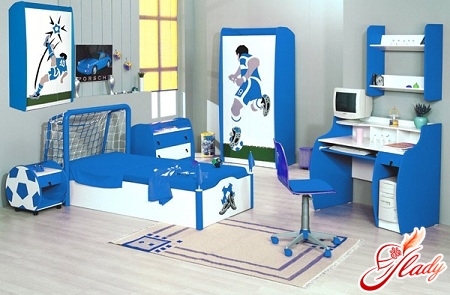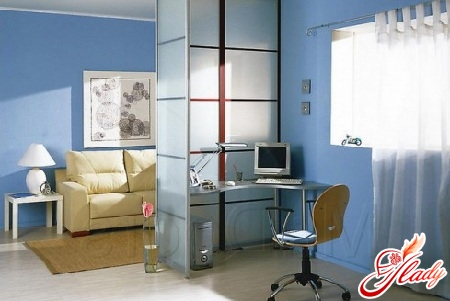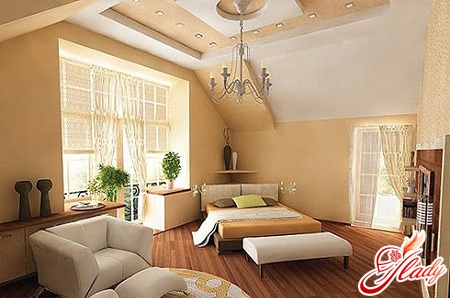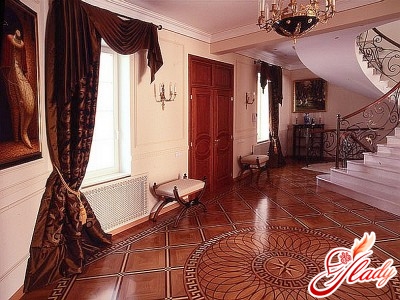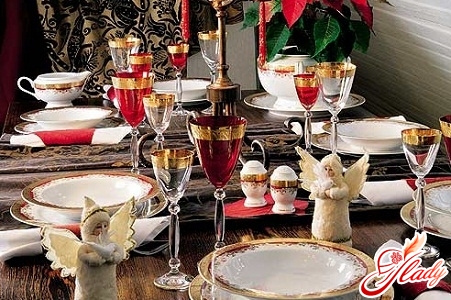 The kitchen in the house is a special room.And no one will argue with the fact that for almost every housewife this is also the main room. The kitchen is one of the most visited rooms in the house. In addition, the environment here is quite extreme: temperature changes, fumes, splashes of hot water and fat. And the floors in the kitchen are washed much more often than in other rooms. Such a "climate" will reduce the service life of any floor covering. Due to this special position of the kitchen in the house, the approach to its design and arrangement should be thorough. For example, when choosing a floor covering for the kitchen, you need to take into account many nuances:
The kitchen in the house is a special room.And no one will argue with the fact that for almost every housewife this is also the main room. The kitchen is one of the most visited rooms in the house. In addition, the environment here is quite extreme: temperature changes, fumes, splashes of hot water and fat. And the floors in the kitchen are washed much more often than in other rooms. Such a "climate" will reduce the service life of any floor covering. Due to this special position of the kitchen in the house, the approach to its design and arrangement should be thorough. For example, when choosing a floor covering for the kitchen, you need to take into account many nuances:
- personal preferences,
- financial opportunities,
- stylistic conformity,
- functional requirements.
The choice of flooring is also influenced by the typestoves (gas or electric), type of hood, massiveness of furniture, size of the kitchen, its layout and even how you are used to walking around the house - barefoot or in house shoes. It is clear that there is no accounting for taste, and the question of personal preferences will in any case remain exclusively your prerogative. But all the other nuances are probably worth looking into in more detail.
Stylistic nuance
If your kitchen is designed in a certain style,then the floor in it should meet the requirements of this particular style. Historical styles. The Provence or country style suggests wooden floors (parquet boards) or stone tiles in the kitchen. It is desirable that the materials for the kitchen, sustained in these styles, produce the effect of aging. In a kitchen decorated in a classic style, it is appropriate to use parquet or parquet boards, laminate with imitation of valuable wood species, as well as marble tiles or imitation of any other stone as a floor covering. Small-format tiles are suitable for a retro-style kitchen. Modern styles are quite democratic. Here you can use a variety of materials: wood, cork, colored linoleum and glossy tiles. The only exception, perhaps, is the ultra-modern high-tech style. Tiles or linoleum with all shades of gray will suit it. When choosing a floor covering for the kitchen, consider its impact on the visual perception of the space of this room. Floor coverings made of large elements with a matte surface reduce the room. And vice versa, a small pattern and elements as well as a glossy floor surface will visually increase the kitchen space. If the kitchen is spacious enough and combines the work and dining areas, then it is quite acceptable to combine floor coverings. In the work area, it is worth using easy-to-clean coverings (linoleum, laminate, stone or ceramic tiles), and in the dining area, more whimsical floor coverings (parquet, cork, carpet).
Functional nuance
In addition to design ideas and stylisticrequirements, kitchen floors must have certain properties due to the special status of this room. Its main functional purpose is cooking. Therefore, kitchen floors must be:
- water resistant: in the kitchen, the probability of getting water on the floor is great, starting from ordinary spray and ending with an emergency sweat;
- wear-resistant: during their rituals in the kitchen of the hostess they wind up many kilometers along the route "table - slab - sink", so durability is also an important quality of kitchen flooring;
- shockproof: utensils and other kitchen utensils have the property of falling out even from the most dexterous hands, and pots, frying pans and chopsticks are quite heavy;
- hygienic: where food is prepared, dirt should be easily (and quickly) removed, or even better - do not stick at all.
Floor standing ones that exist todaycoatings certainly have these properties, but to varying degrees and not all at once. Let's look at the most well-known and familiar materials for kitchen floors.
Material nuance
Natural wood is reliable and durable.The most common wooden floor coverings are parquet and parquet boards. For the kitchen, it is better to choose parquet made of deciduous wood: it is more wear-resistant and has high hardness. Parquet for the kitchen (parquet board) must be moisture-resistant and treated with a protective compound. But even such parquet should be protected from water. In addition, fallen objects can leave marks on it (scratches, dents). However, these disadvantages of a wooden floor are compensated by the possibility of affordable ways to restore and renew it. Another type of wooden flooring is cork. Its advantages: environmental friendliness, resistance to moisture, durability, antistatic properties, high price. Stone and ceramics in the form of floor slabs are a more suitable material for the floor in the kitchen. Such tiles are completely resistant to moisture, chemical (detergents) and thermal (hot objects) effects. They do not deform and are easy to clean. The disadvantages of such a coating include its coldness and slipperiness. In addition, glassware dropped on such a floor breaks easily, and ceramic tiles themselves can crack. Laminate is an artificial floor covering that imitates wood, stone and ceramics. Laminate can be called a suitable floor covering for the kitchen only if it is resistant to moisture and abrasion. Its advantages: low price, heat resistance, neat appearance, pleasant texture. Disadvantages: electrostaticity, fear of excessive moisture, low impact resistance and the impossibility of restoration. Another synthetic material is linoleum. This is perhaps the most famous and most democratic type of flooring for the kitchen. It perfectly meets all the necessary requirements: moisture resistance, resistance to abrasion, impact resistance. In addition, linoleum is very easy to clean, it is warm and has a variety of colors and textures. The main disadvantage of linoleum is its sensitivity to heat: hot objects and even oil splashes can leave marks on linoleum. A type of linoleum is PVC tile. It can imitate ceramic or stone tiles, parquet or laminate. Its additional advantage is ease of installation and the ability to replace damaged tiles. Liquid linoleum is a polymer self-leveling floor. Such a floor looks like linoleum, and feels like a tile. Self-leveling floors are very unpretentious. They are not afraid of mechanical damage, have a smooth and seamless surface, and can have different patterns and decorative inserts. The main disadvantage of such a floor is that it is very difficult to replace. Carpeting is probably the most unsuitable solution for a kitchen. However, if you still want to have carpet in your kitchen, you can choose carpeting with increased moisture resistance and resistance to dirt.
Nuance with heating
To install heated floors or not – the questionis quite controversial. If, in general, your apartment (or kitchen in particular) is quite cold, then, of course, you can install underfloor heating. Heating may also be necessary if you decide to lay stone or ceramic tiles on the floor. For those who like to walk around the house barefoot and for parents of small children, underfloor heating in the kitchen will not seem like a luxury either. But you should not blindly follow the general fashion. If you frequently use the stove (especially the oven), have a good radiator and double-glazed windows, there should be no need for underfloor heating in the kitchen. Otherwise, the kitchen threatens to turn into a real gas chamber. In any case, the choice is yours. Just do not forget about the additional financial costs of installing underfloor heating.
Financial nuance
The issue of cost is also important when choosingkitchen floor coverings. The most expensive coverings made of natural materials: parquet, cork, stone tiles, natural linoleum. Next (in descending order) come laminate and ceramics, and the lowest cost is synthetic linoleum. So, in a row of expensive and more affordable floor coverings, you can choose exactly what will fully meet the necessary requirements and your tastes. Do not make hasty decisions. Use the life experience of your relatives and friends. Consult with experts, go shopping, compare prices. Even the Internet can tell you what the floors in the kitchen should be like: photos, forums, online stores, user reviews will help you make the right decision. Well, in general, the floors in the kitchen should be durable, moisture-resistant, safe and, of course, beautiful. Consider all these nuances and boldly implement your plans for arranging the kitchen! We advise you to read:




